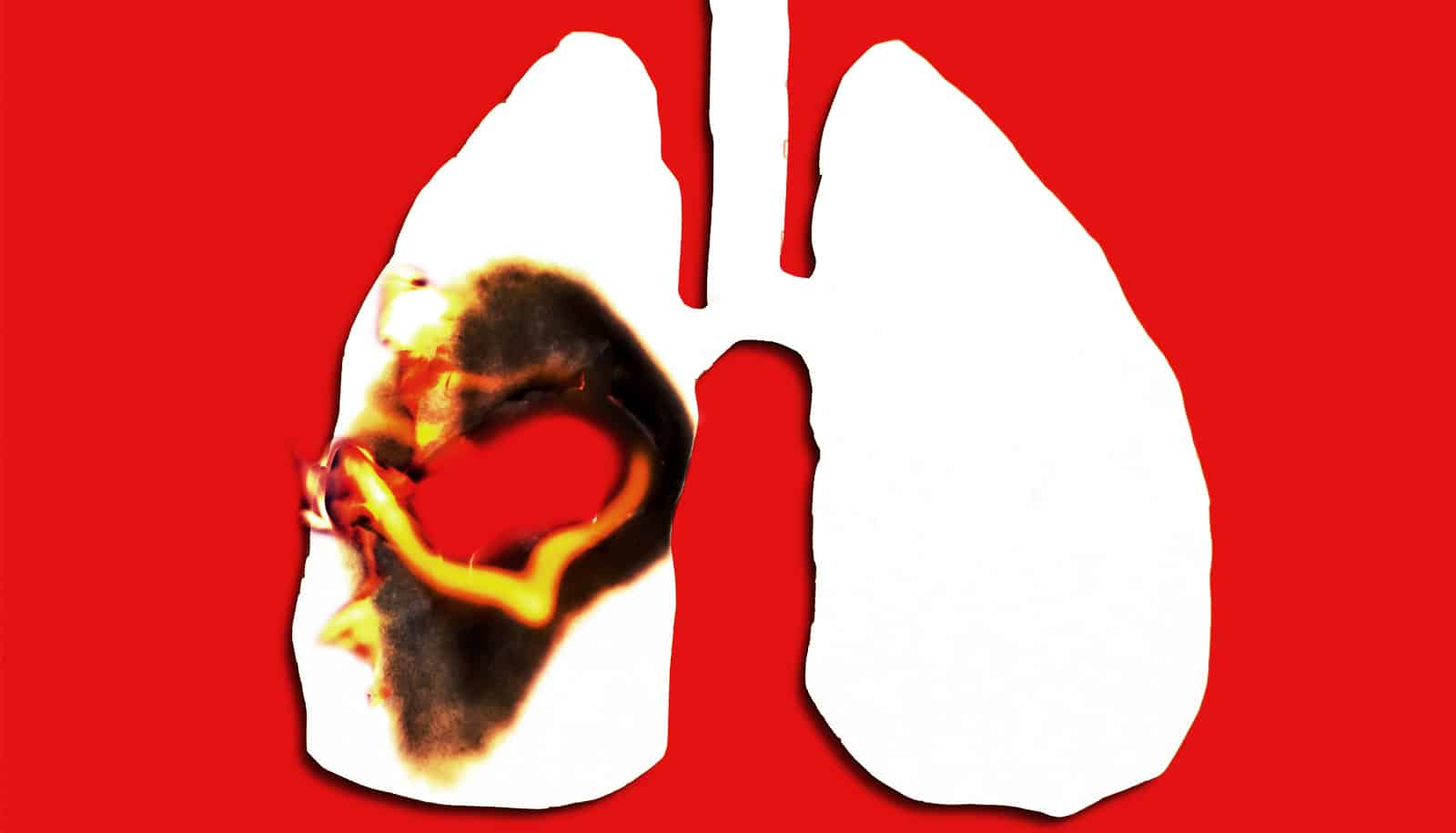Despite recognizing that smoking can lead to life-threatening diseases, many Americans still underestimate the risks.
“Smoking is outlawed in public places in the US, and the number of people smoking has declined over decades,” says lead author Jon Krosnick, a professor of communication and political science at Stanford University. “Yet people continue to initiate the habit of smoking, and many smokers do not try to quit.”
Why? Experts say people’s perceptions about the link between smoking and disease may play a significant role.
For a new study in PLOS ONE, researchers analyzed data from survey interviews of more than 13,000 US adults, including smokers and non-smokers, about the prospects of developing lung cancer.
“The past literature has focused on the wrong type of risk. People seem to think naturally about relative risk.”
In some previous studies, researchers had asked survey respondents to report how likely they thought it is that smokers and non-smokers will develop lung cancer. The difference between those two risks is one way to gauge how much of an increase in risk people perceive.
For example, if a respondent thought smokers had a 30 percent chance of developing lung cancer and non-smokers a 10 percent chance, that person thinks that smokers are 20 percentage points more likely to develop cancer. But the researchers realized that some people might not be thinking about risk that way.
Instead, people might perceive risk as the ratio of the two numbers, like answering the question, “How many times more likely to get lung cancer is a smoker than a non-smoker?” This ratio is called the “relative risk.” In the 30 percent vs. 10 percent example, a person thinks of the smoker as three times more likely to develop lung cancer.
This seemingly small change in analytic approach has big consequences: most Americans overestimate the difference between the two rates of lung cancer—suggesting that people overestimate the risk of smoking—but the vast majority underestimate the relative risk.
In essence, they are underestimating how much more likely it is for a smoker to develop lung cancer than a non-smoker.
The authors suggest that a person’s decision about whether to smoke is partly based on how they think about the risks. So, if people naturally think about such dangers in terms of a ratio, then perhaps rates of smoking would be reduced if Americans are properly informed about them.
Psych patients want to quit smoking but don’t get help
To discern how people naturally think about risk, the researchers explored people’s decisions to start and stop smoking.
People who perceived more relative risk of lung cancer from smoking—the ratio—were less likely to start and more likely to quit smoking. In contrast, people who perceived more of a difference between the two cancer rates were no more or less likely to start or stop smoking.
“The past literature has focused on the wrong type of risk,” Krosnick says. “People seem to think naturally about relative risk.”
Knowing that people’s risk perceptions underestimate danger, designers of public health campaigns might consider communicating in ways that directly address such perceptions, Krosnick says.
For example, cigarette package labels in the US include warnings from the Surgeon General of the United States that smoking can cause specific health problems without providing numeric figures to quantify the impact. In contrast, cigarette labels in Australia include quantitative data such as, “Tobacco smoking causes more than four times the number of deaths caused by car accidents.”
“Telling people how many times that a person’s chances of getting lung cancer increase due to smoking may help the public make more informed choices,” Krosnick says.
To curb hookah smoking, make it seem less fun
The findings also suggest that continued government oversight is necessary, says coauthor Neil Malhotra, a professor of political economy in the Graduate School of Business.
“Since Americans underestimate the relative risk, it indicates some regulation of the industry is in order.”
Other coauthors are from Vanderbilt University, the University of Michigan, the US Department of Treasury, LinChiat Chang Consulting, and GfK Custom Research North America. Empire Blue Cross/Blue Shield of New York and a grant from the National Science Foundation funded the work.
Source: Stanford University



